
We are at a point where everyone is playing Pickleball, everyone is playing Pickleball. Pickleball courts are popping up everywhere, even tennis court owners are going out of business to renovate their courts to adapt to this new type of sport . In the US, Pickleball has also become the fastest growing sport for the 4th consecutive year.
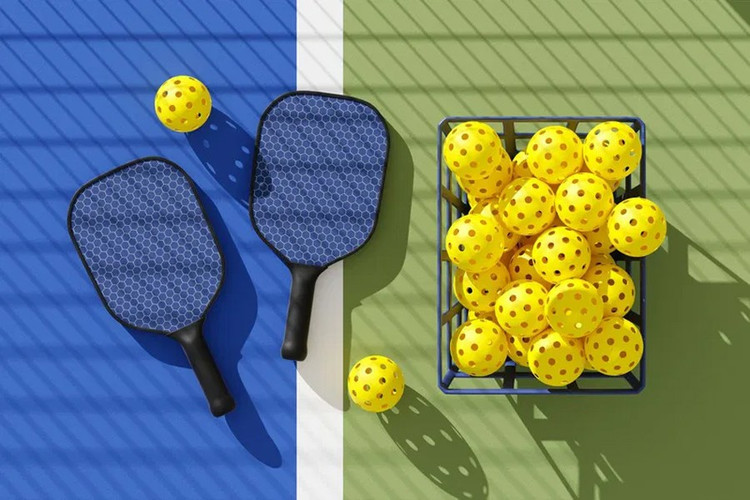
According to a trade association, more than 13.6 million Americans now play pickleball, making it the fastest-growing sport among new players. Towns, schools and pickleball clubs are popping up everywhere, attracting people of all ages and backgrounds.
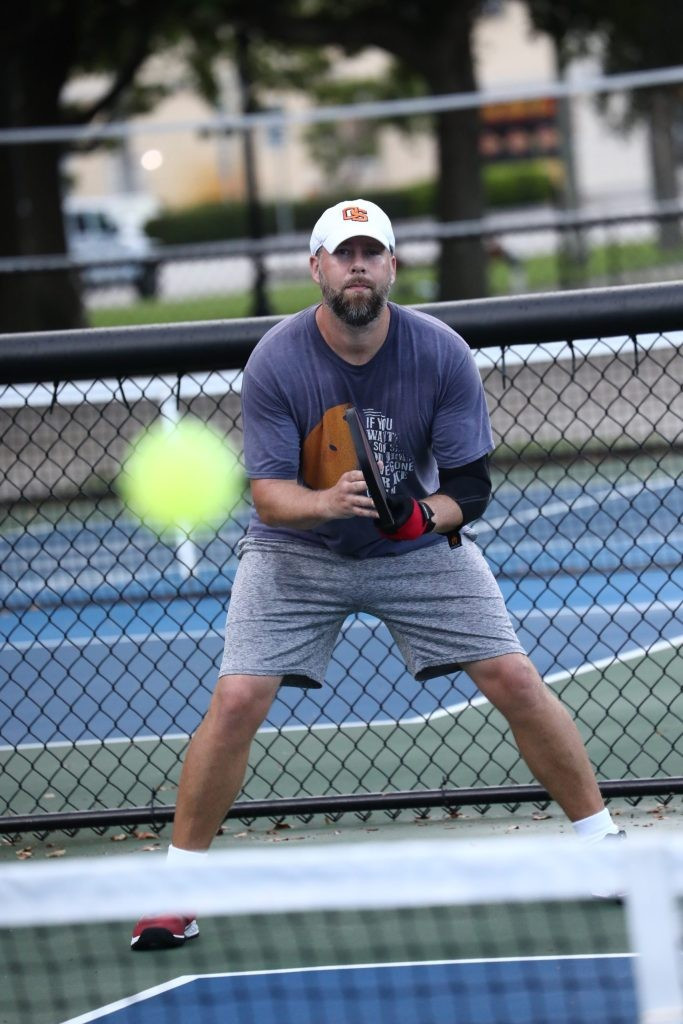
Not far from the epicenter of the sport’s craze is Phil Hipol, a structural dynamics engineer with a long history in the aerospace industry. Hipol has written a handbook on dynamic environmental criteria for NASA, and another on vibration and shock for the industry.

And when he started playing Pickleball, he suddenly realized that this sport had many similarities with his major, from the kinematics of the ball, the texture of the racket surface to the vibrations and the characteristic "pop" that Pickleball creates. People say that when Hipol goes to the Pickleball court, what he sees is not the racket and the ball, but only physics formulas around him.
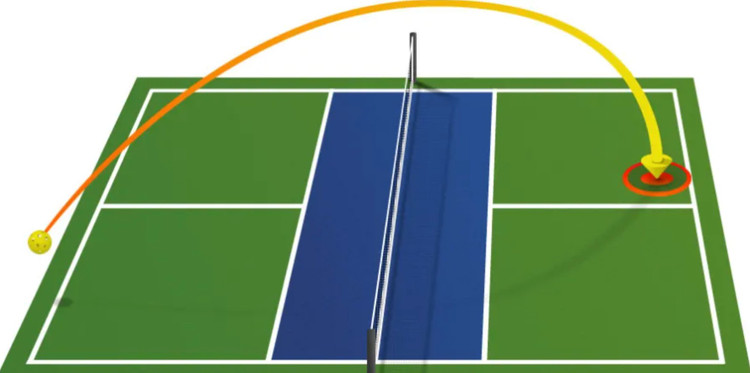
One of the fundamental principles of physics that governs Pickleball is the throwing motion, which describes the path an object takes as it moves through the air under the influence of gravity. When a Pickleball is hit by a player's racket, it follows a curved trajectory called a parabolic arc, which is essentially the same as the path of flying objects like rockets.
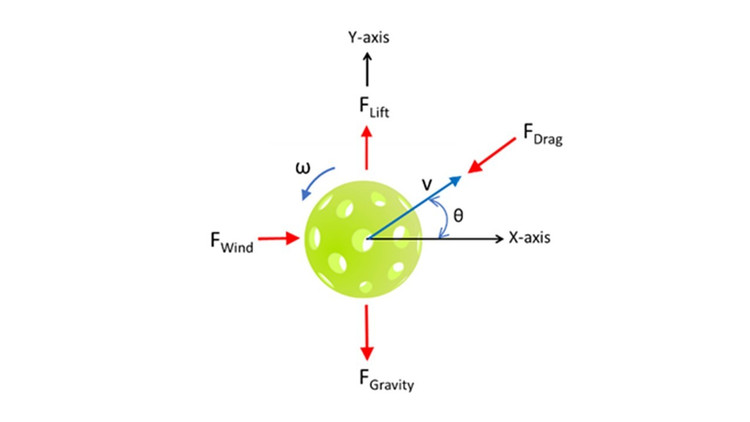
The angle and speed at which the ball is hit, combined with gravity, determine the shape and height of the ball's trajectory. Players can control the trajectory of the ball by adjusting the angle of the racket face and the force of their swing. "It's important to be able to predict the path or trajectory of the ball so you can better orient your racket or position yourself on the court to return the ball in the direction you want," Hipol said.
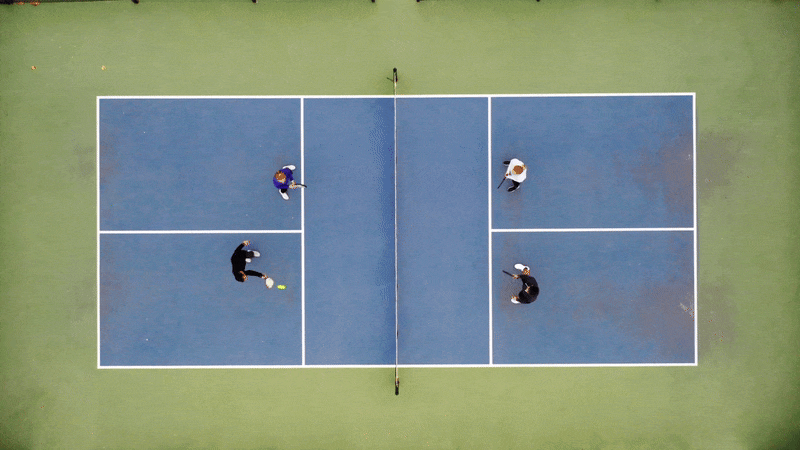
"Knowledge in the field of kinematics allows us to address many different aspects of Pickleball motion such as velocity, acceleration, displacement and time of flight of the ball. In addition, the impact force of the racket or the court surface, or aerodynamic effects also need to be addressed".
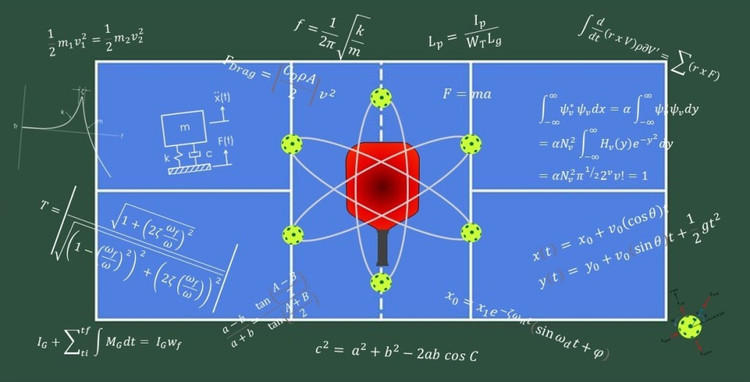
In a series of articles focusing on Pickleballs, Hipol developed equations relating to ball motion, velocity, air resistance, and even wear and tear.
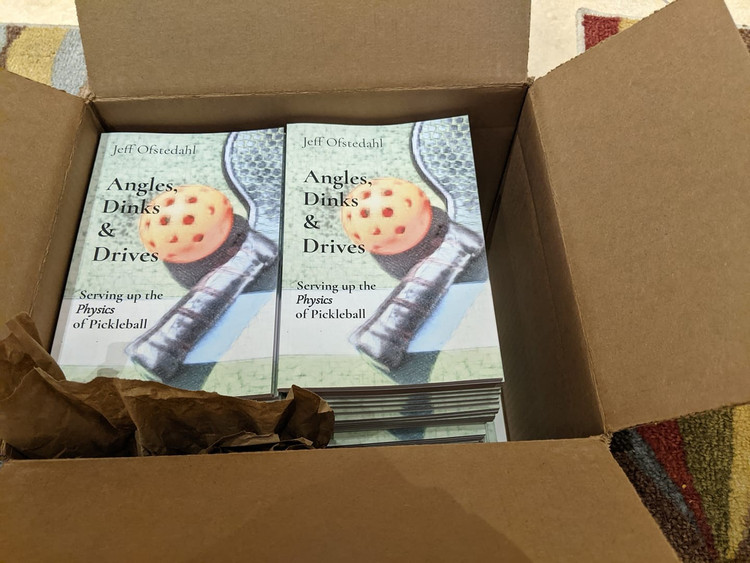
He even wrote a handbook, Pickleball Science, to explain the physical principles of the game and demonstrate to those who want to play Pickleball well, they also need some basic knowledge of math and physics, not just wearing nice clothes, buying a good racket and going to the court to play well.
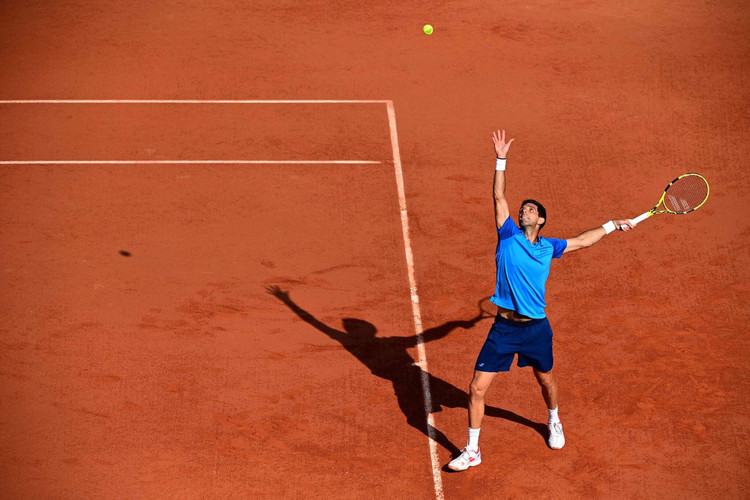
While the fastest tennis serve reached a speed of 263.4 km/h (a record set by Australian athlete Sam Groth in 2012), the fastest Pickleball serve reached only 95.56 km/h (set by American athlete Riley Casey in 2024).
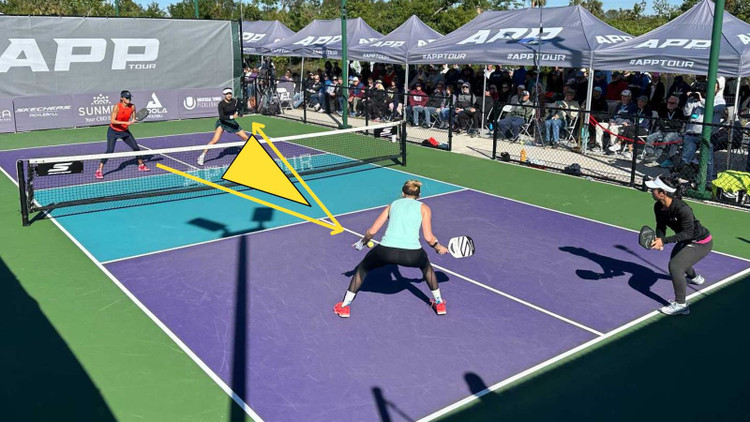
Hipol's equations show that the biggest problem with slow ball speeds in Pickleball isn't due to differences in rackets, balls, or materials or weights, but something much more fundamental. Pickleball rules require you to serve the ball lower than your waist, which in most cases means lower than the height of the net.

Based on this rule, the closer the Pickleball flies to the top of the net, the higher the speed it will reach. Hipol used formulas to calculate that most Pickleball serves usually only reach a maximum speed of 64 km/h, at the top of the net.
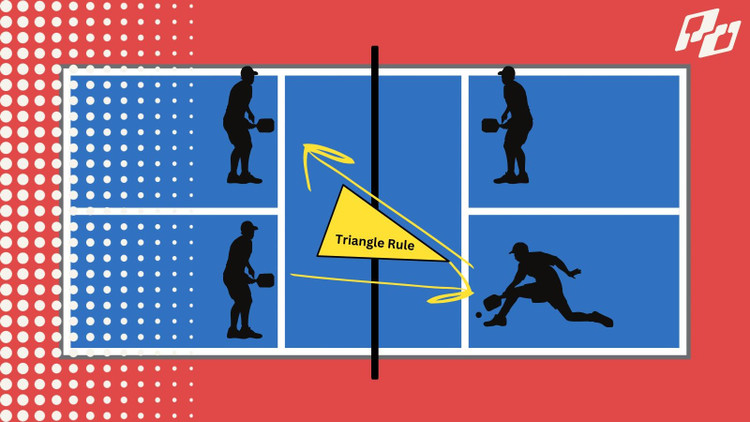
But if players use knowledge of a phenomenon called the Magnus Effect, they can increase the speed of their serve to a maximum of 105 km/h. So Riley Casey's record of 95.56 km/h is theoretically still within reach, even by amateur players.
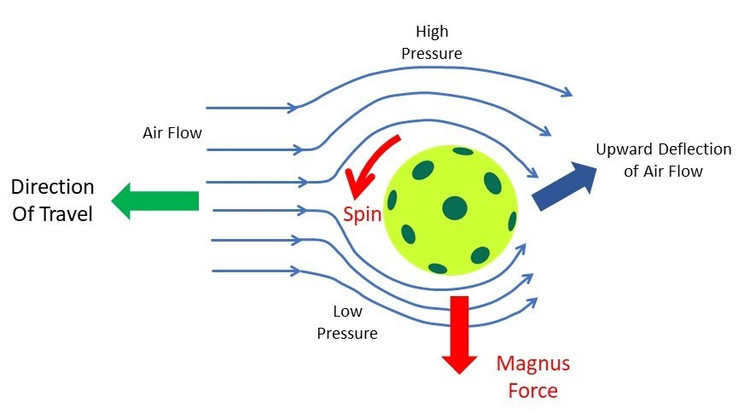
The Magnus effect is named after Heinrich Gustav Magnus, a German physicist who studied it in the 19th century. Magnus discovered that if an object is both flying and rotating in the air, its trajectory and velocity can change.
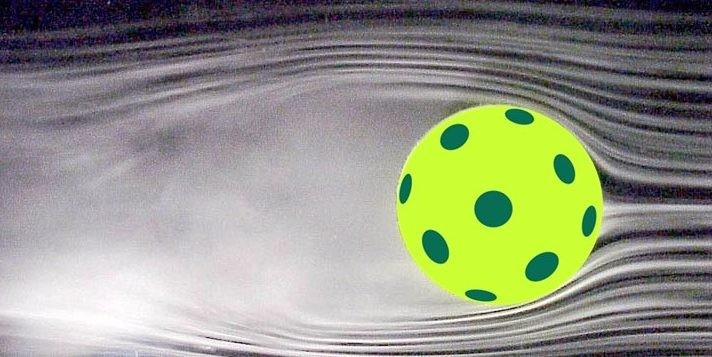
Applying it to the pickleball serve, Hipol says that by sliding the racket over the ball, giving it upward spin in a technique called “topspin,” players can make the air above the pickleball move faster, while the air below moves slower. The result is a downward force that forces the ball down faster, while also helping it maintain a high velocity when it hits the ground.

Pickleball players who understand how to use topspin should further improve their technique or choose a racket that can increase the amount of topspin in their shots. Furthermore, all players should learn how to use topspin to add variety to their shots and keep their opponents guessing.
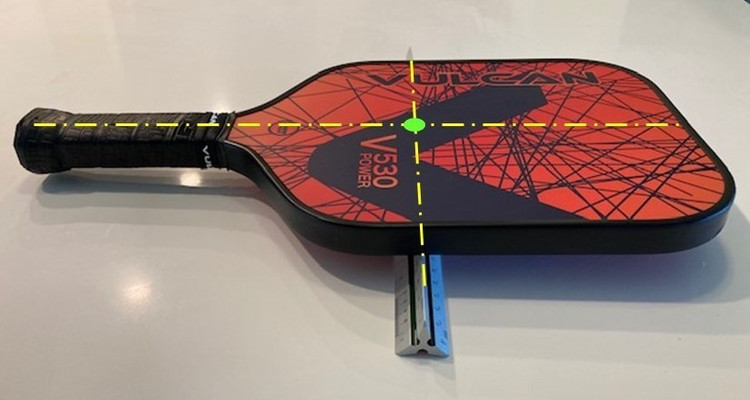
Now, let’s say you have a perfect topspin that produces a ball speed of 105 km/h, the question is whether your shot can be a one-shot winner or not? This depends on the flight time of the ball, the distance between the two players and the human’s critical muscle reaction speed.
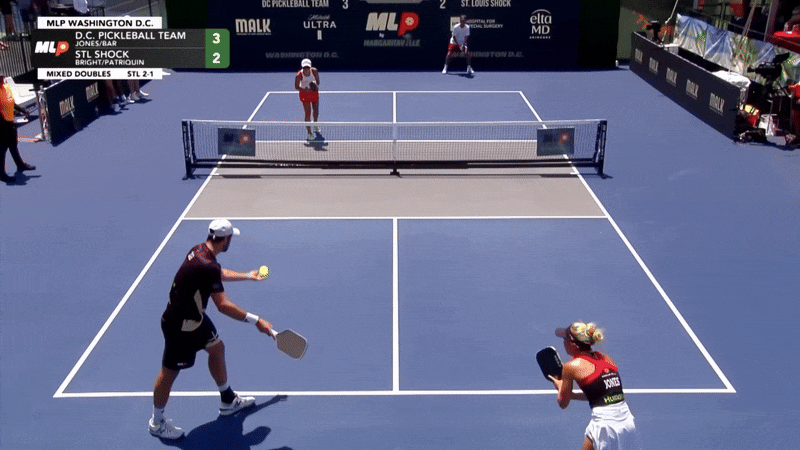
In a serve, the distance between the two players standing diagonally across the court is usually 12-14 meters. A topspin shot will get the ball to you in 0.41-0.48 seconds. For comparison, research shows that the fastest human reaction time for simple tasks is usually between 0.1 and 0.2 seconds. This is for healthy people, especially athletes or well-trained young people.
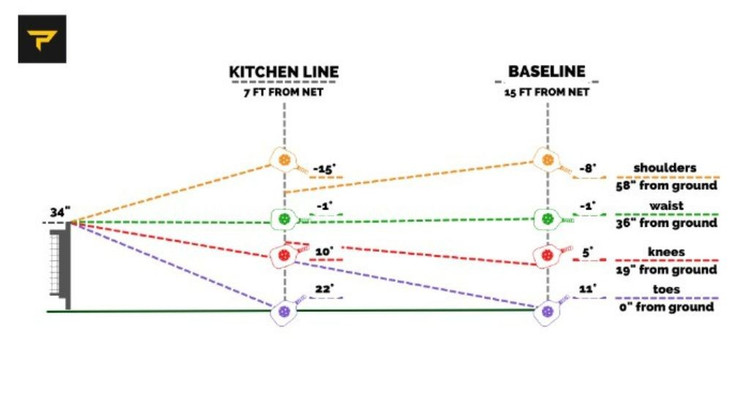
However, when it comes to complex reflexes, such as when we need to differentiate between multiple stimuli or make decisions, such as tracking the ball's trajectory, choosing whether to hit left or right, our reaction time is often slower, extending to around 0.2 to 0.4 seconds. Fortunately, this is still the time it takes to block a perfect topspin from your opponent.
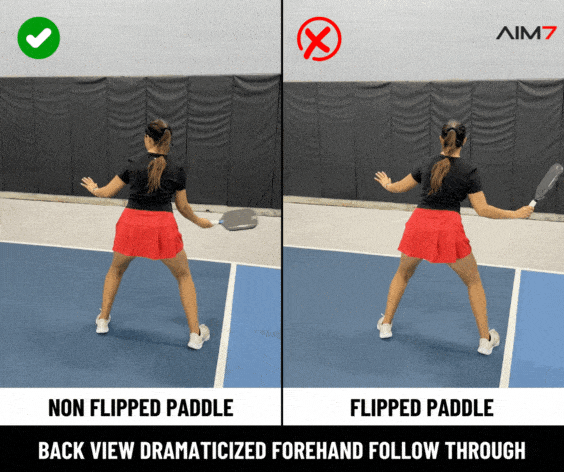
However, if it is not a serve but a net shot, where the distance between the two players is reduced to 5 meters, you will need to react within 0.17 seconds. This is almost the limit of conscious human reaction time. So if you hit a topspin at the net, you will almost certainly win the point.
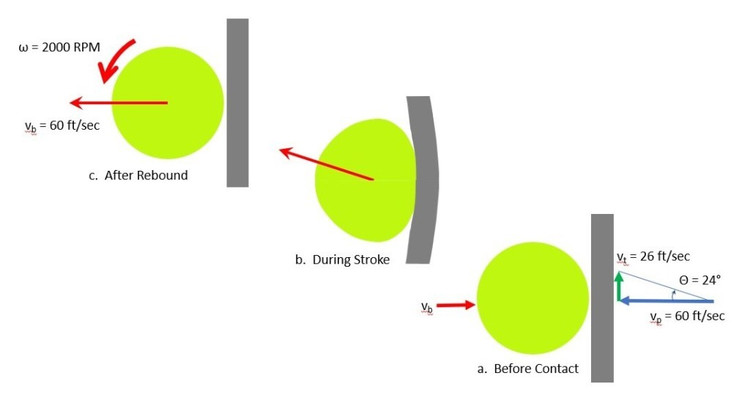
Any new pickleball player will be surprised by one thing: its loudness, specifically the unique “pop” that comes from the racket when it hits the ball. Hipol says this sound can reach up to 120 decibels (dB). For comparison, 120 dB is about the loudness of a hammer hitting a nail or a passing ambulance siren.
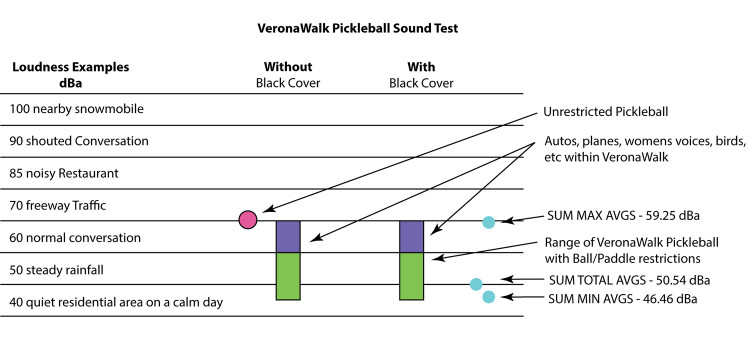
But how could the sound be so loud? Hipol says that in this case, the loudness “isn’t the ball, it’s the racket.” Most pickleball rackets have a hard surface, and the short time the racket makes contact with the ball—just about 4 milliseconds—causes it to vibrate like the skin of a drum.
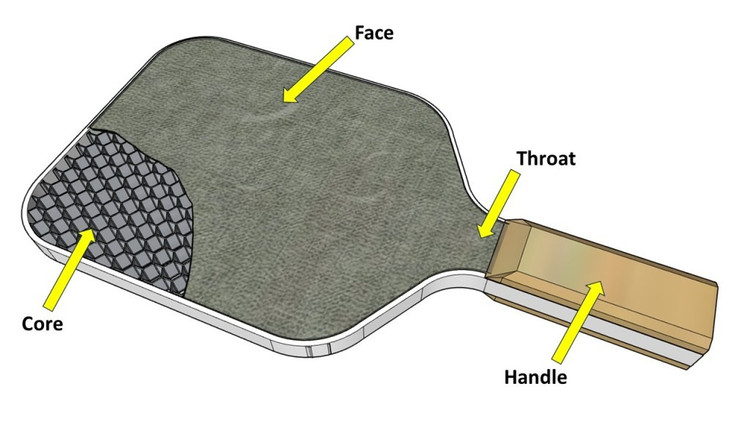
Pickleball racket manufacturers, in order to reduce weight and increase elasticity, made the inside of the racket hollow honeycomb. It is this hollowness that amplifies the sound and the honeycomb creates a resonant sound that pushes it up to 120 dB.
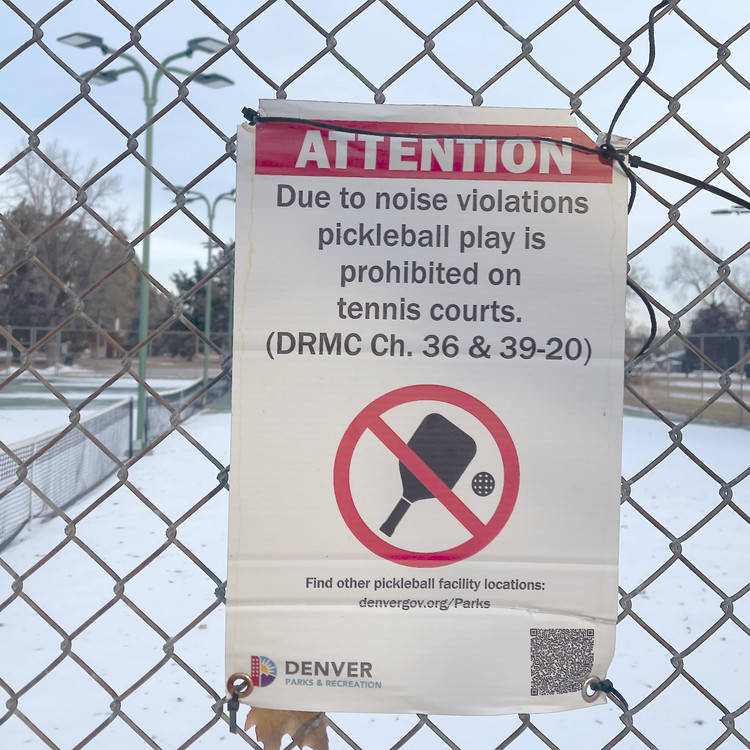
It's for this reason that in the US, many people living near pickleball courts have started complaining about the noise pollution caused by the sport. So some manufacturers have started marketing "quiet" paddles, which Hipol says can include a foam material inside to absorb some of the sound waves.
Source: https://khoahocdoisong.vn/trong-mat-ky-su-nasa-pikleball-an-chua-bi-mat-ly-thu-nao-post1543963.html





![[Infographic] Notable numbers after 3 months of "reorganizing the country"](https://vphoto.vietnam.vn/thumb/1200x675/vietnam/resource/IMAGE/2025/10/4/ce8bb72c722348e09e942d04f0dd9729)
![[Photo] Students of Binh Minh Primary School enjoy the full moon festival, receiving the joys of childhood](https://vphoto.vietnam.vn/thumb/1200x675/vietnam/resource/IMAGE/2025/10/3/8cf8abef22fe4471be400a818912cb85)



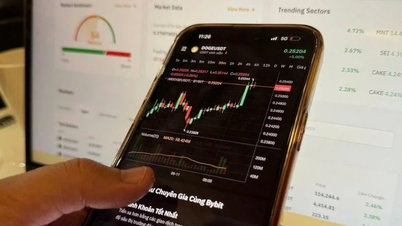










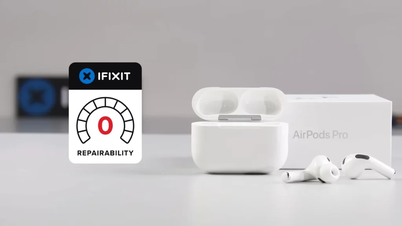





![[Photo] Prime Minister Pham Minh Chinh chairs meeting to deploy overcoming consequences of storm No. 10](https://vphoto.vietnam.vn/thumb/1200x675/vietnam/resource/IMAGE/2025/10/3/544f420dcc844463898fcbef46247d16)








































































Comment (0)